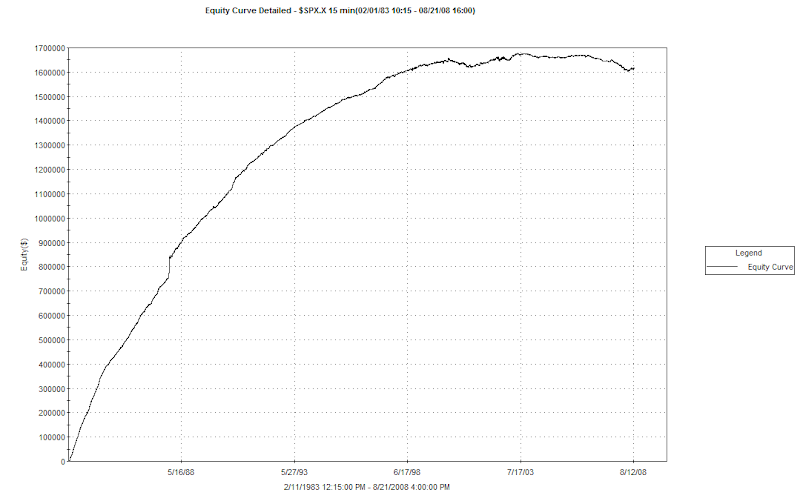The market may or may not pull back in the next day or two, but it appears likely to happen quite soon. Back to back days of 70% advancers are fairly rare. The fact that it happened without the S&P 500 posting a 10-day high is even more unusual. Since 1970 this has happened 20 times. Sixteen (80%) of the time the market closed below the close of the trigger day within the next four days. If you give it 10 days to work off the overbought breadth readings then 19 (95%) of the time you’d find a close lower than the trigger day. In other words, a pullback appears likely in the not-too distant future.
I believe one key to determining whether the market character is possibly changing and a new leg higher possibly beginning will be the action on this pullback. This is the 7th rally of 2-3 days since July 21st. The previous six saw a decline of at least 1.2% on the first day of the pullback. That’s not orderly and not really what you want to see. In fact, other than the July 21st 1-day mini-pullback the last “orderly” pullback that didn’t involve a sharp drop occurred on the last 3 days of April.
Seems to me it might be a good time to be thinking about taking some short exposure. If the pullback is orderly, you can flip to the long side. If the pullback is sharp like the rest have been, it could mean a nice, quick, short trade.
































